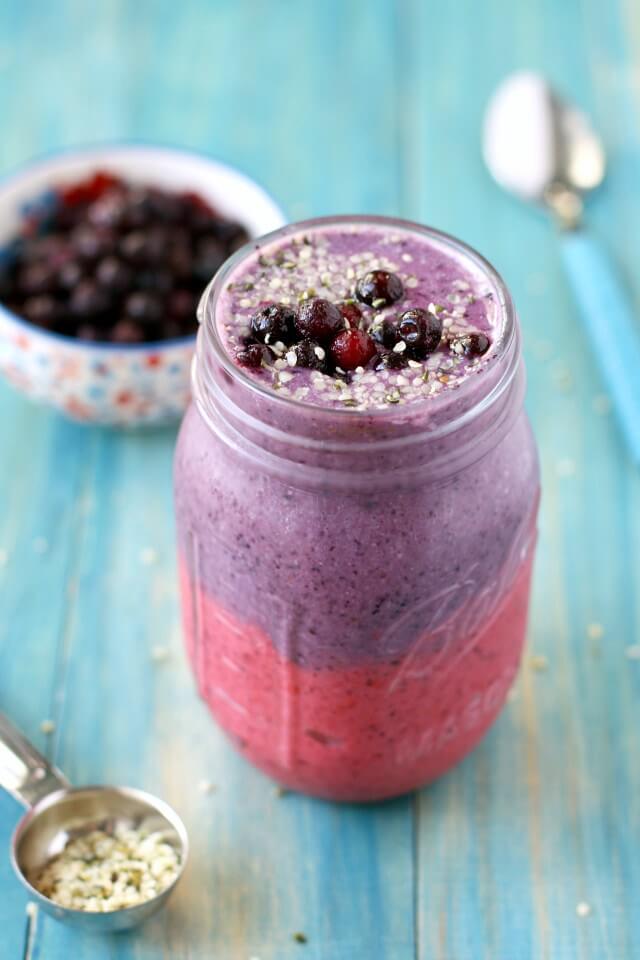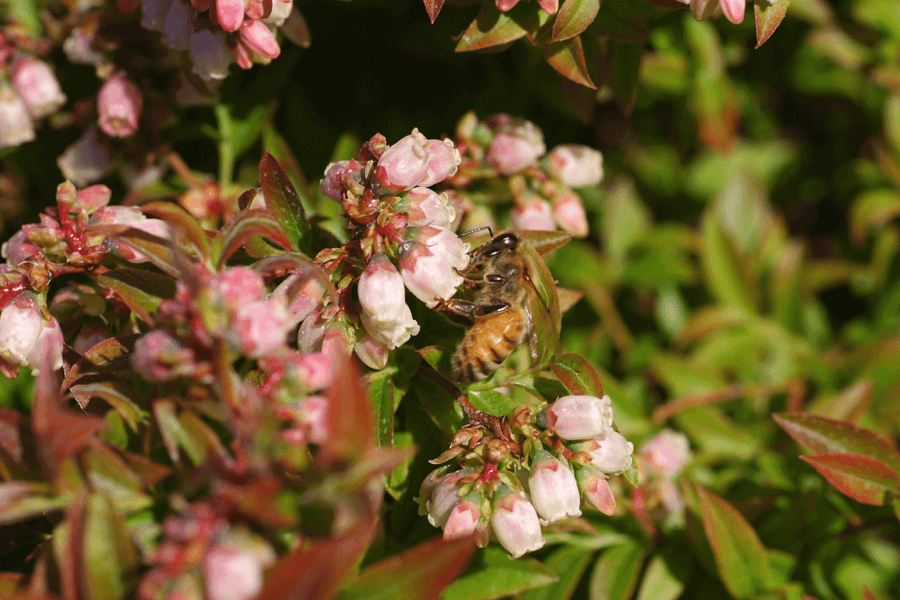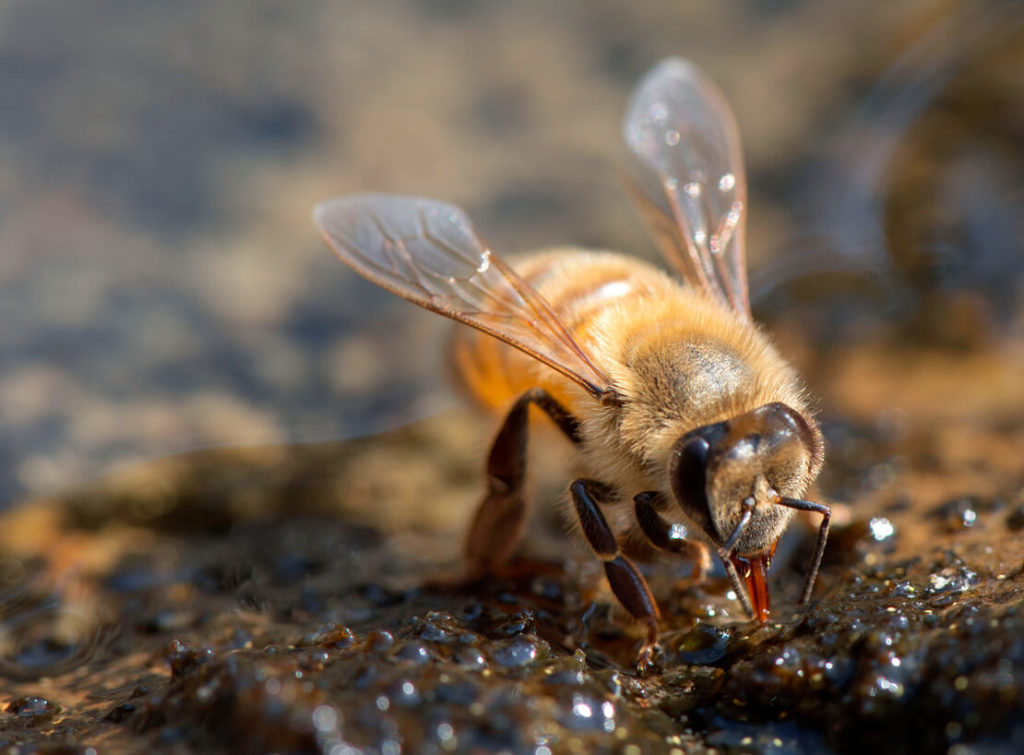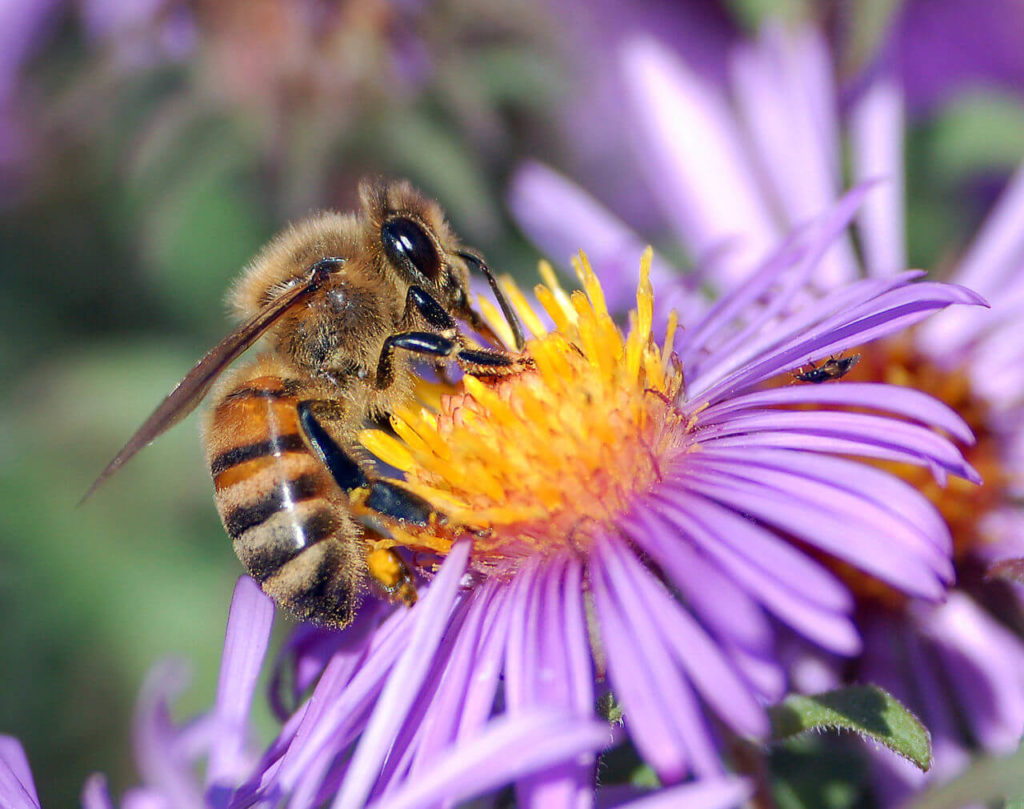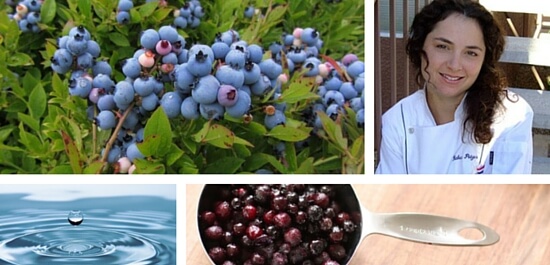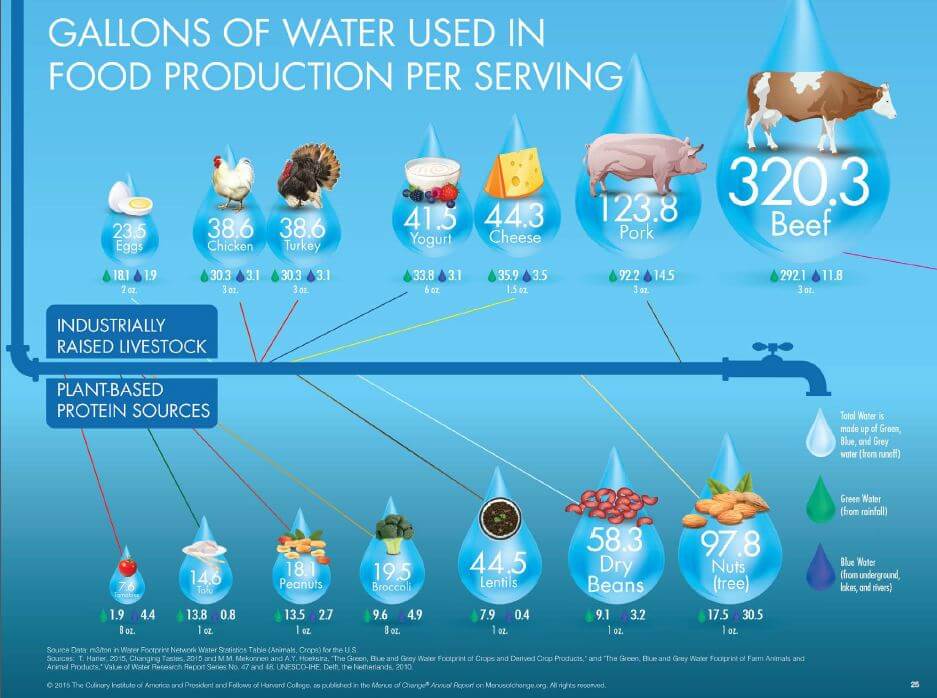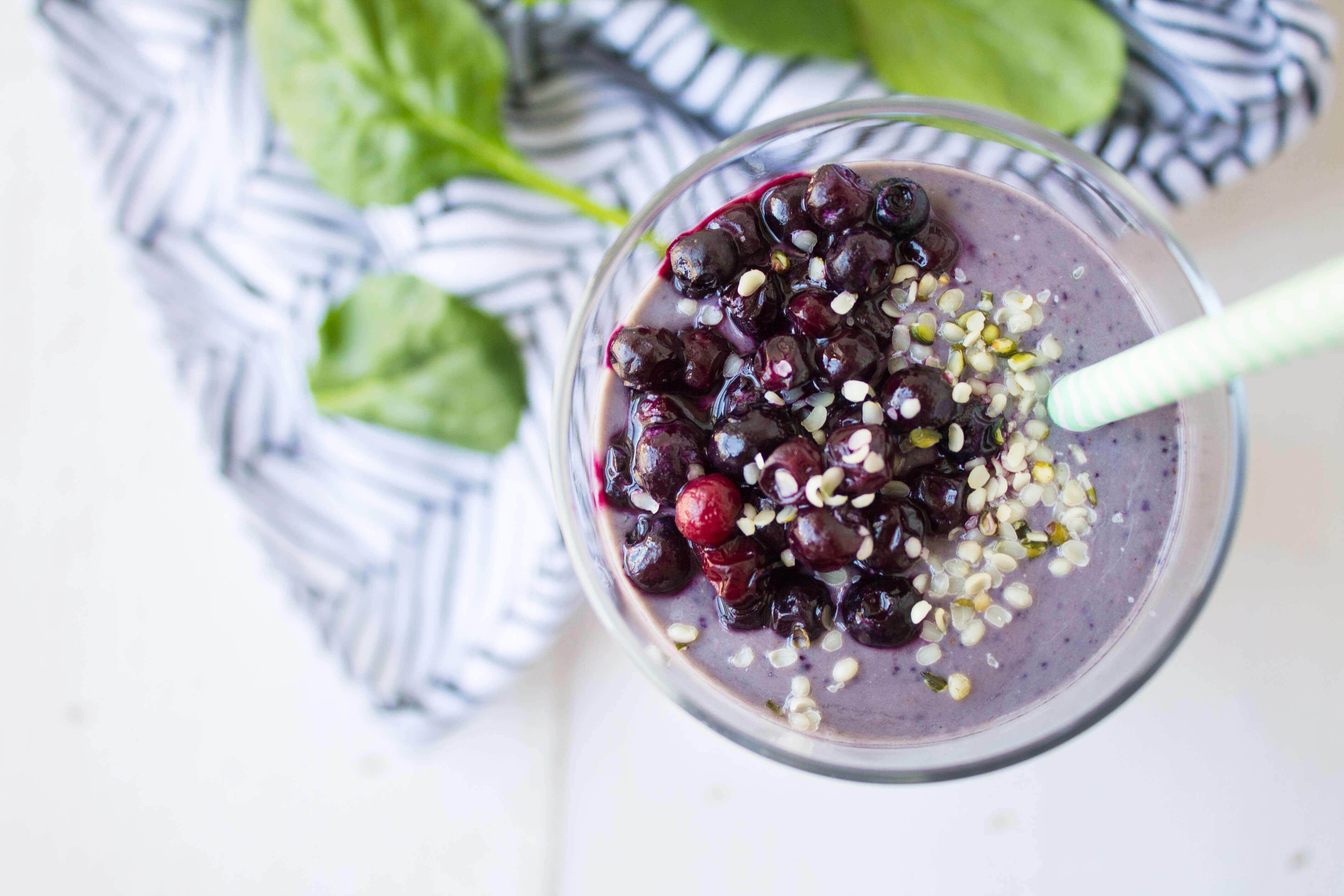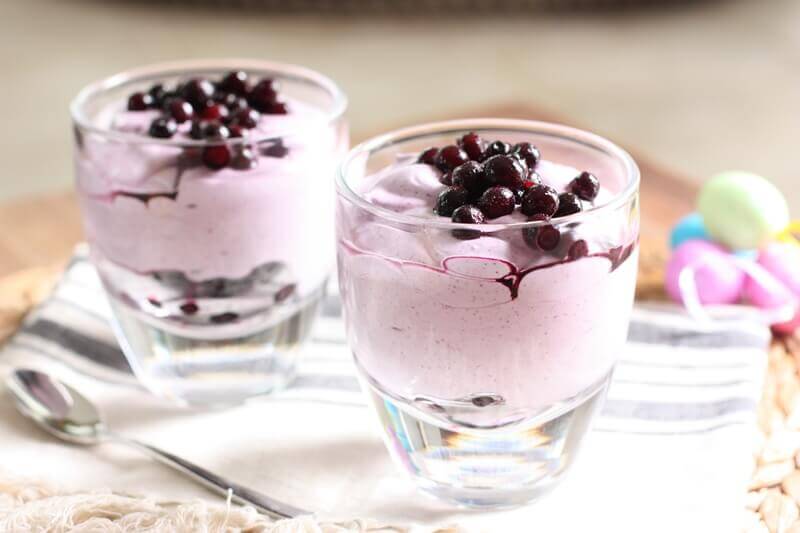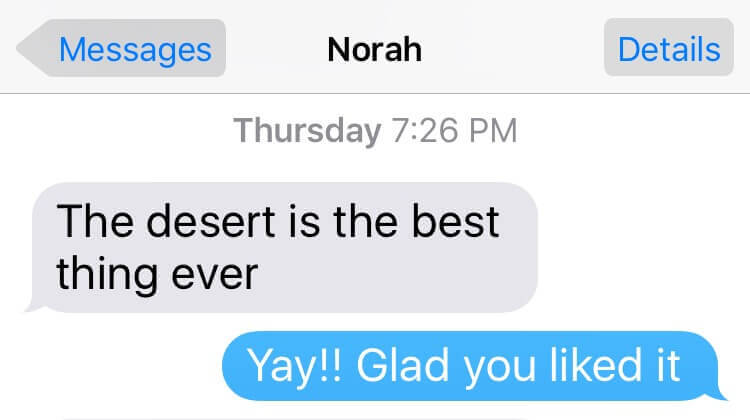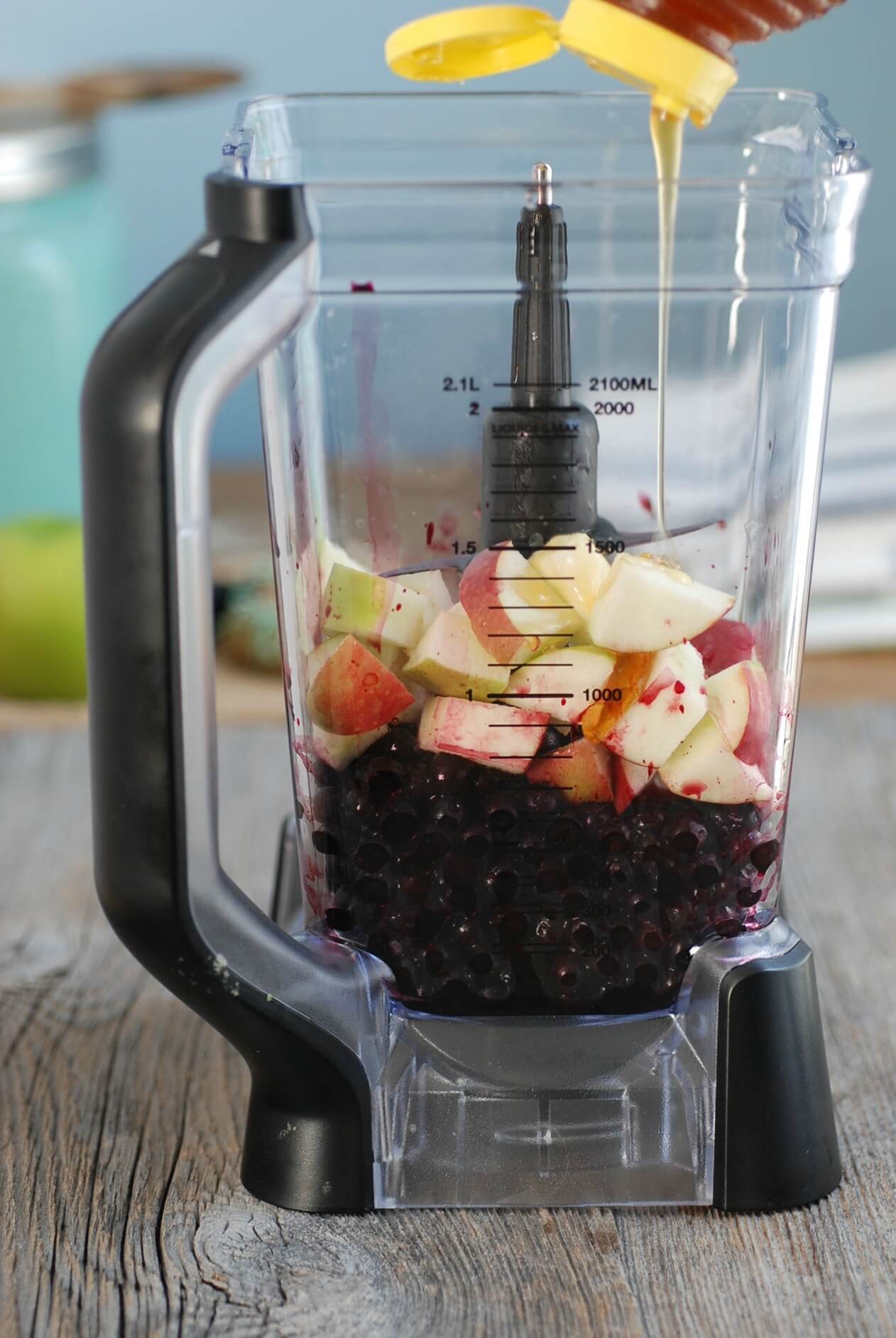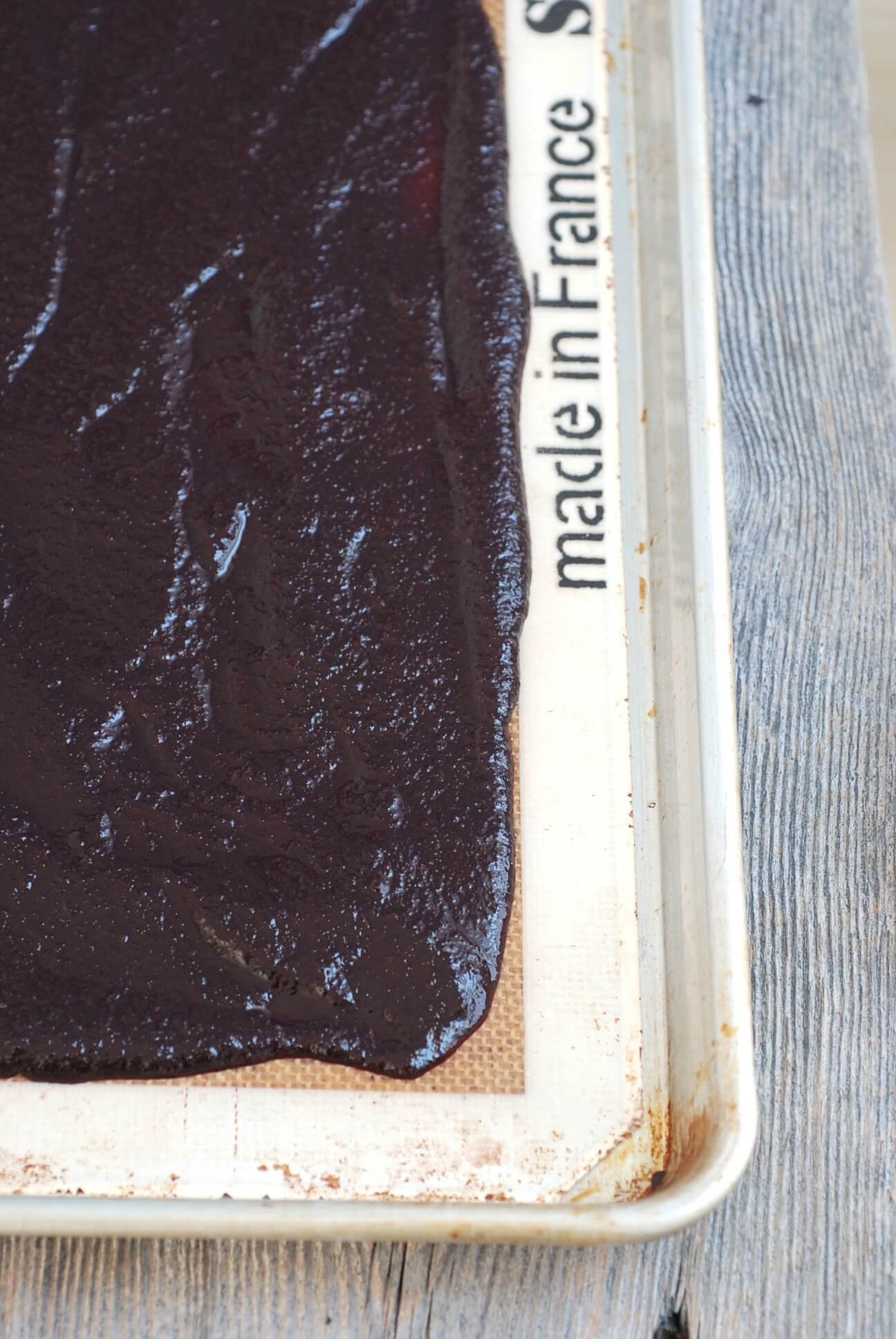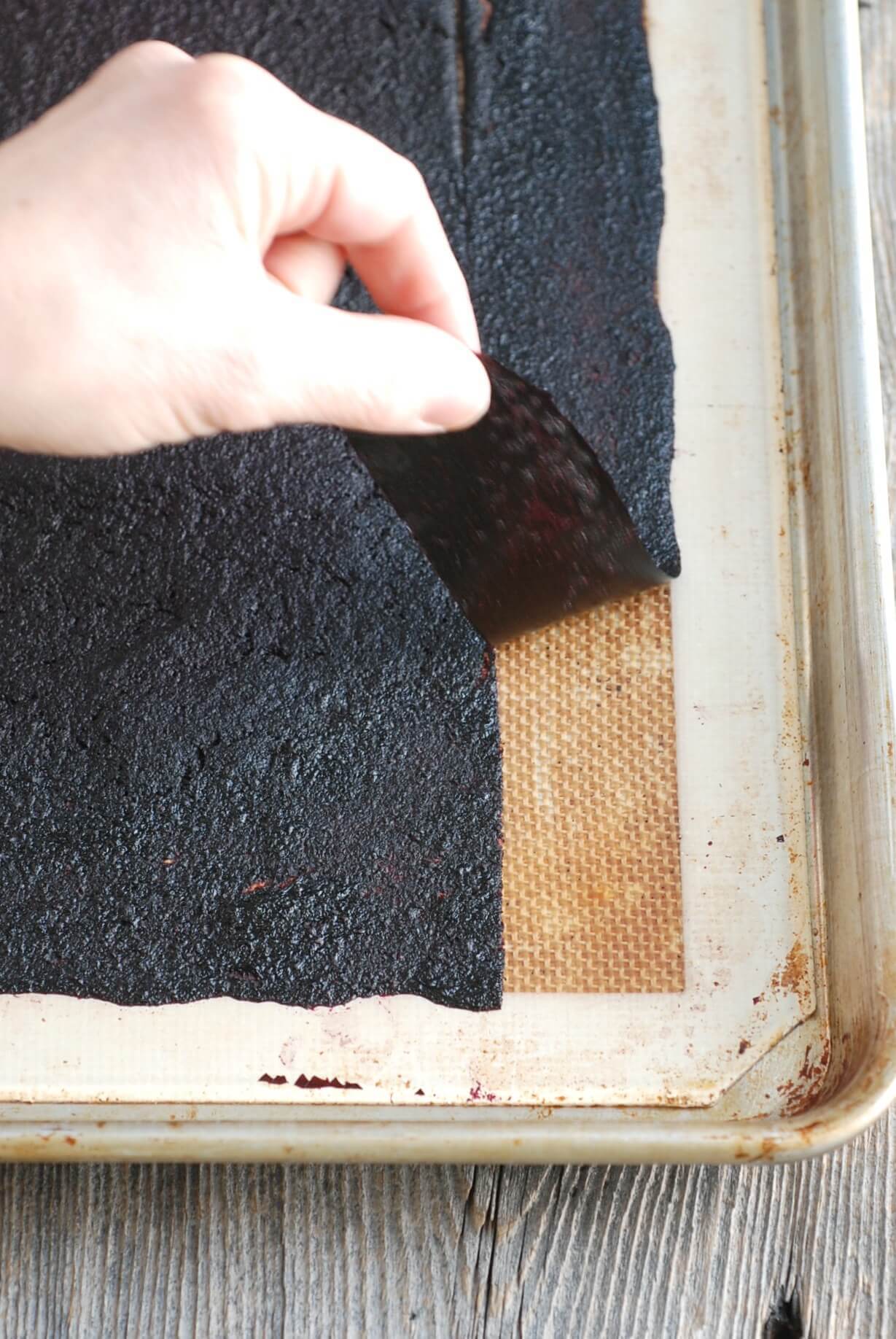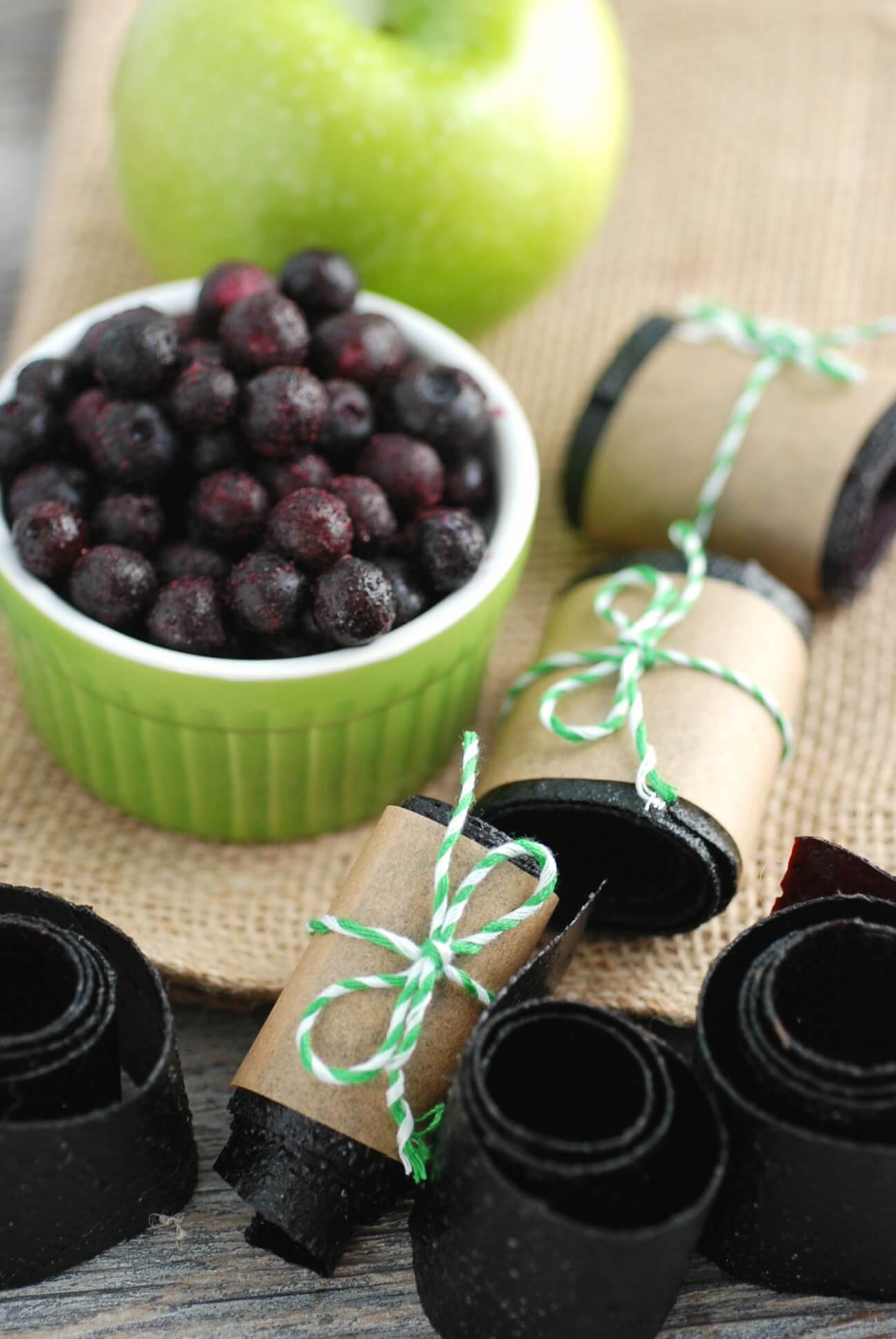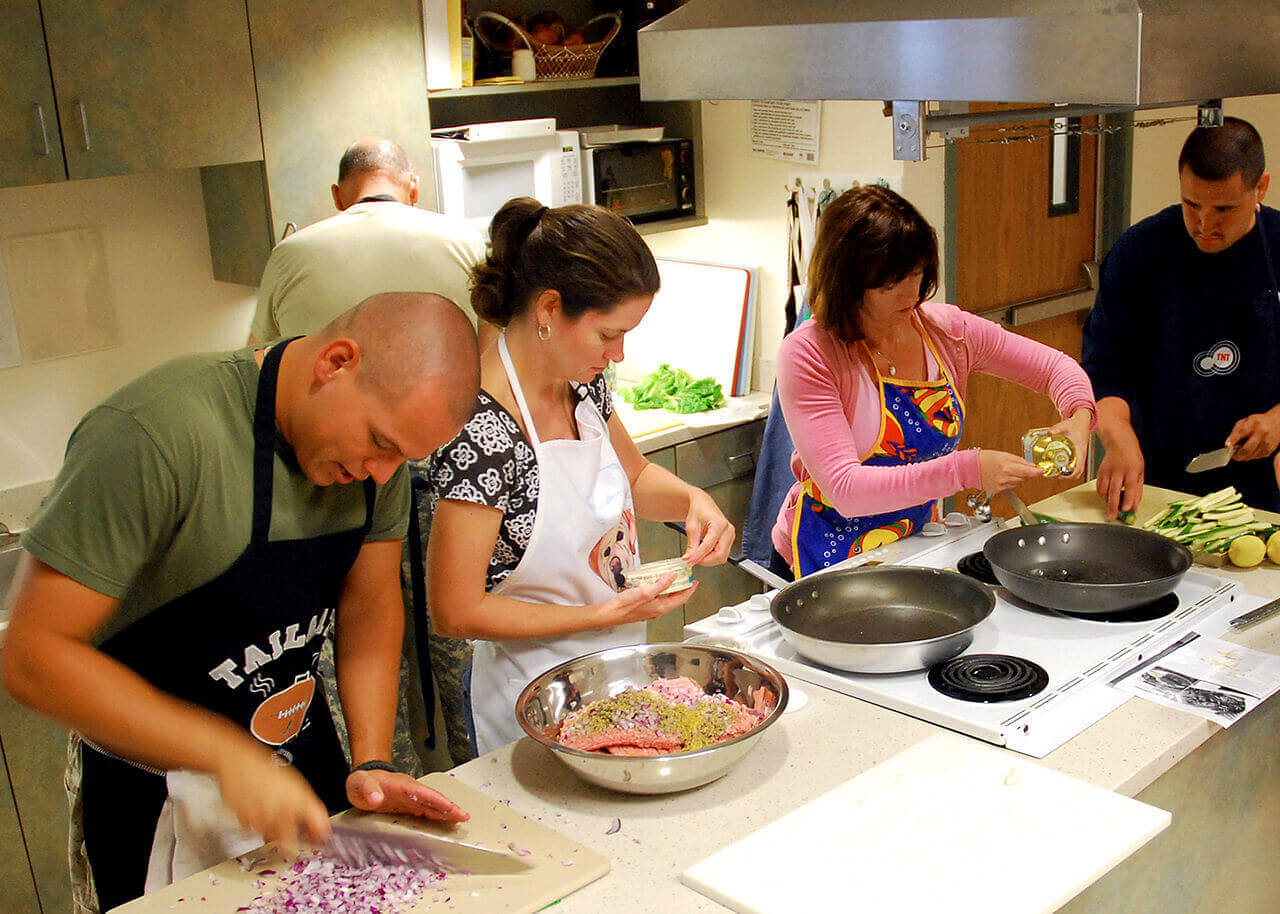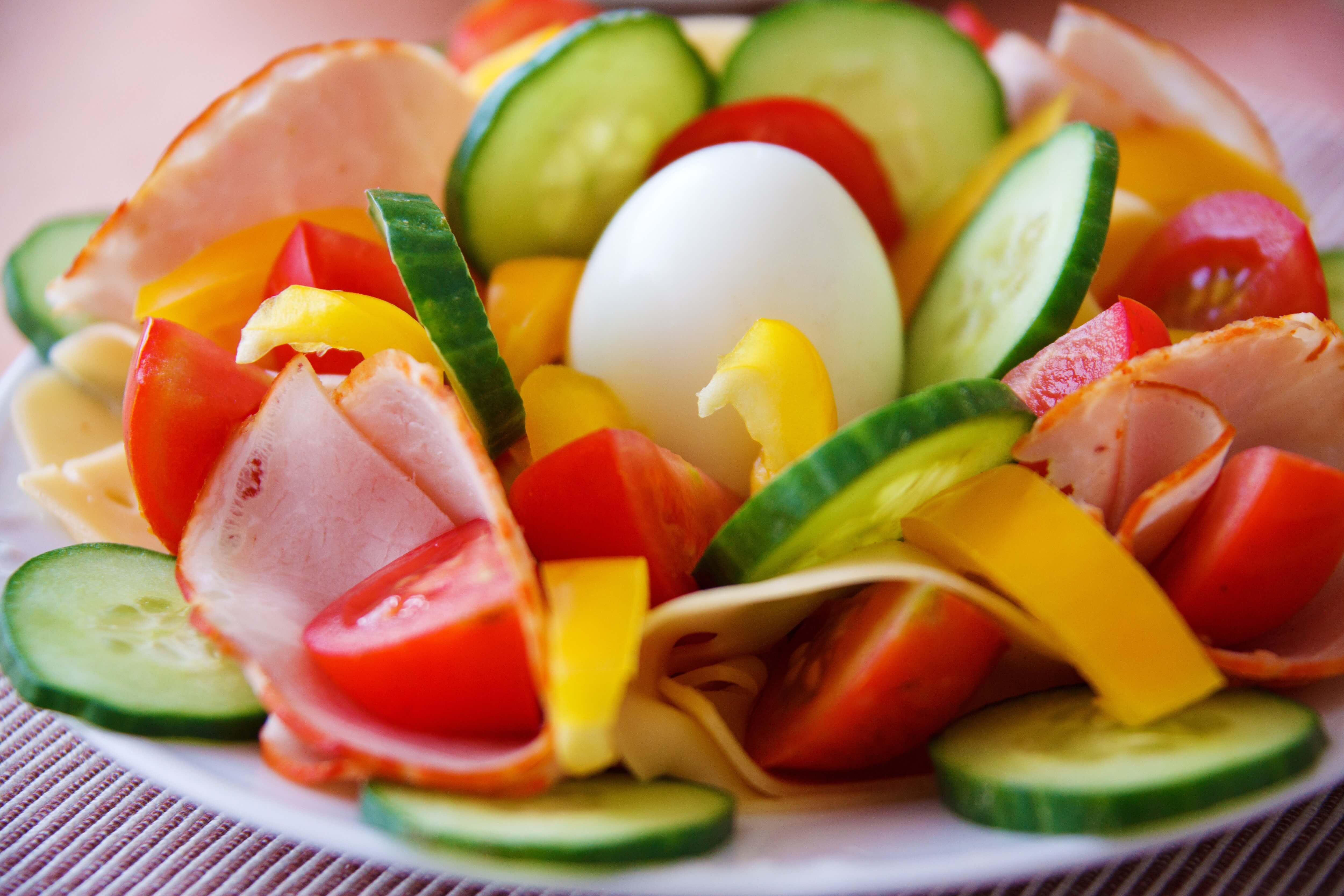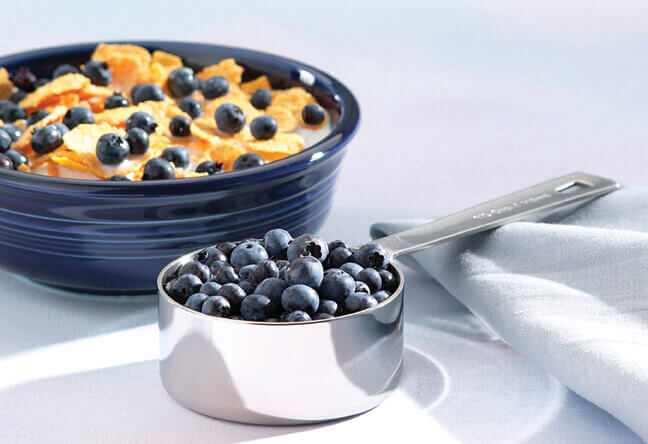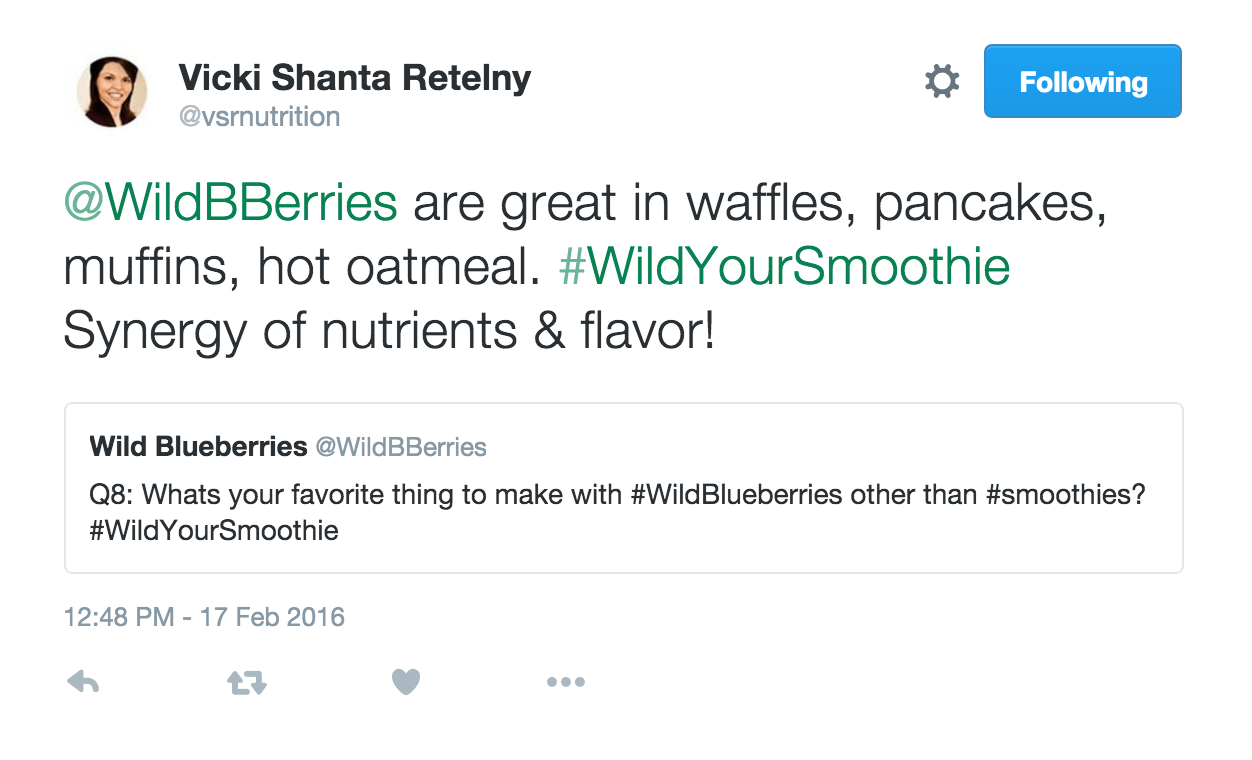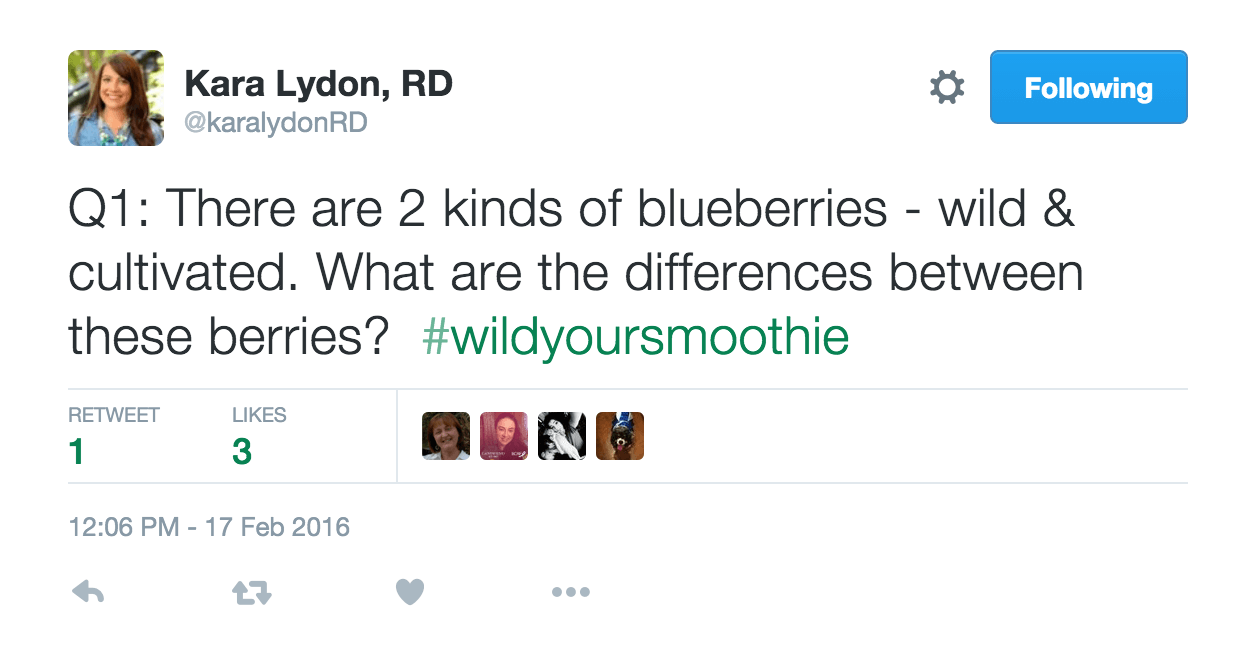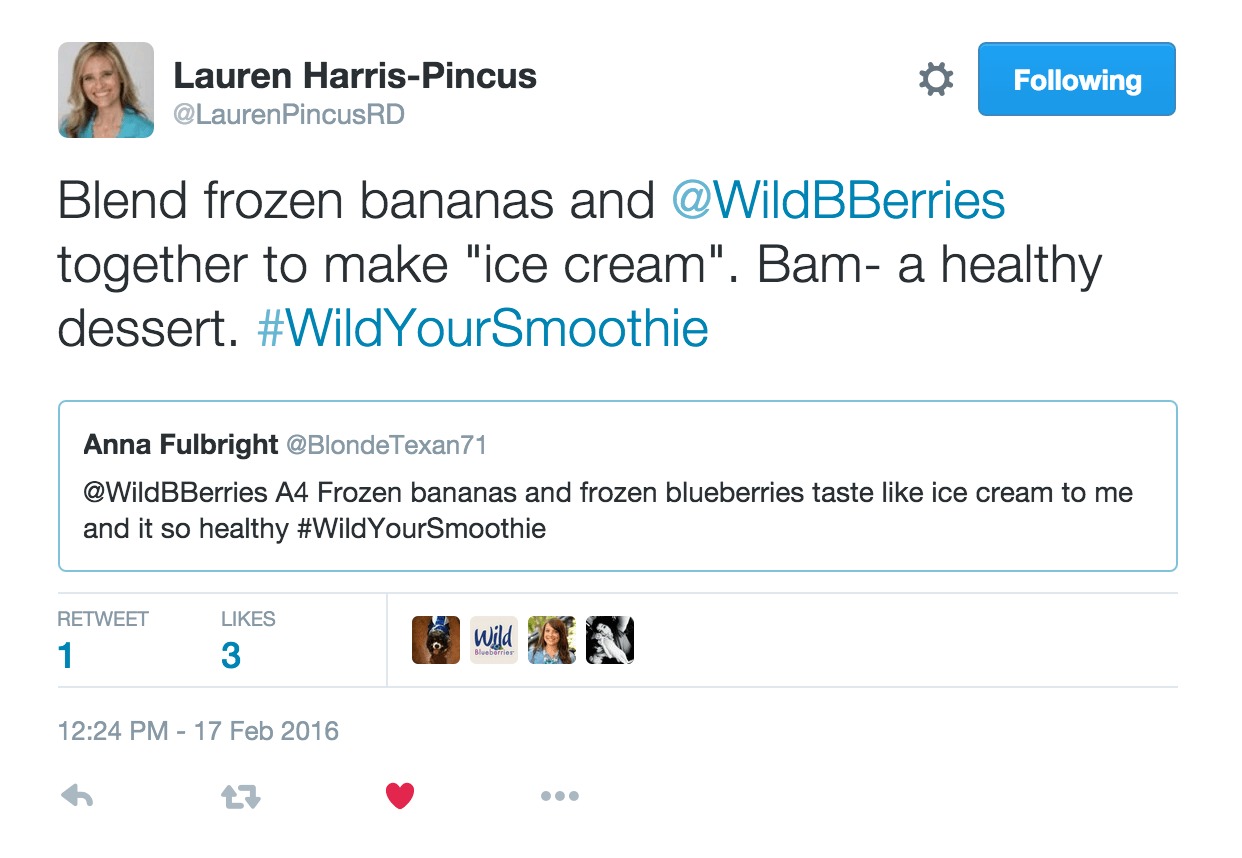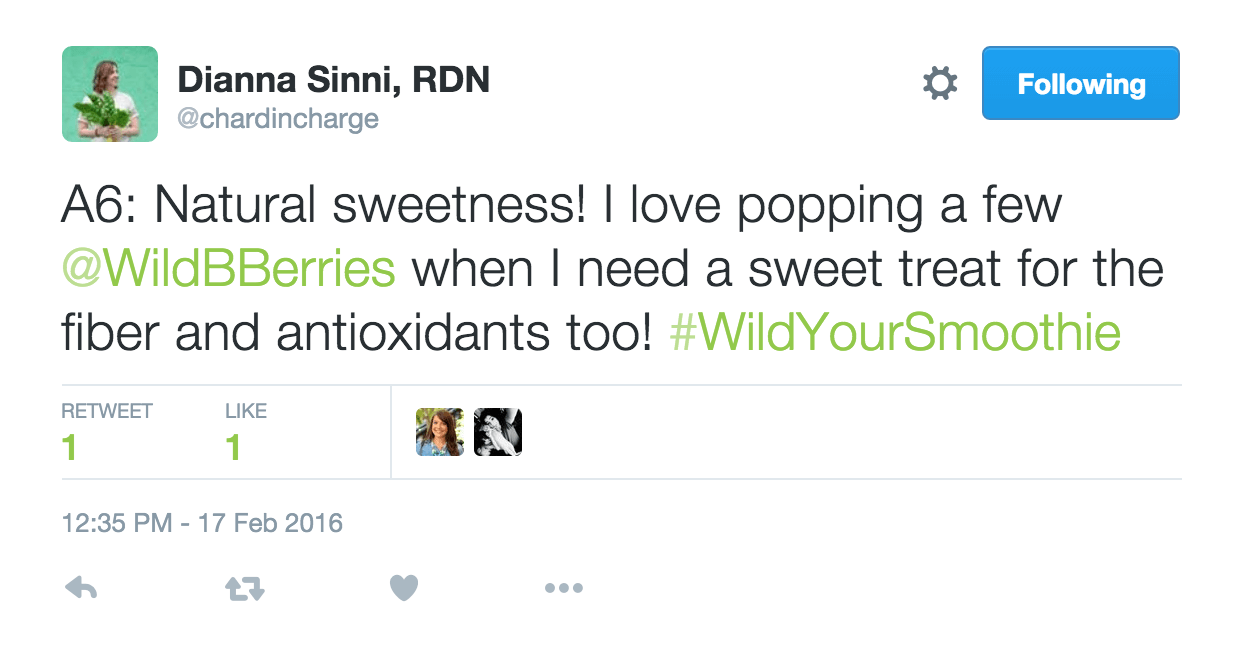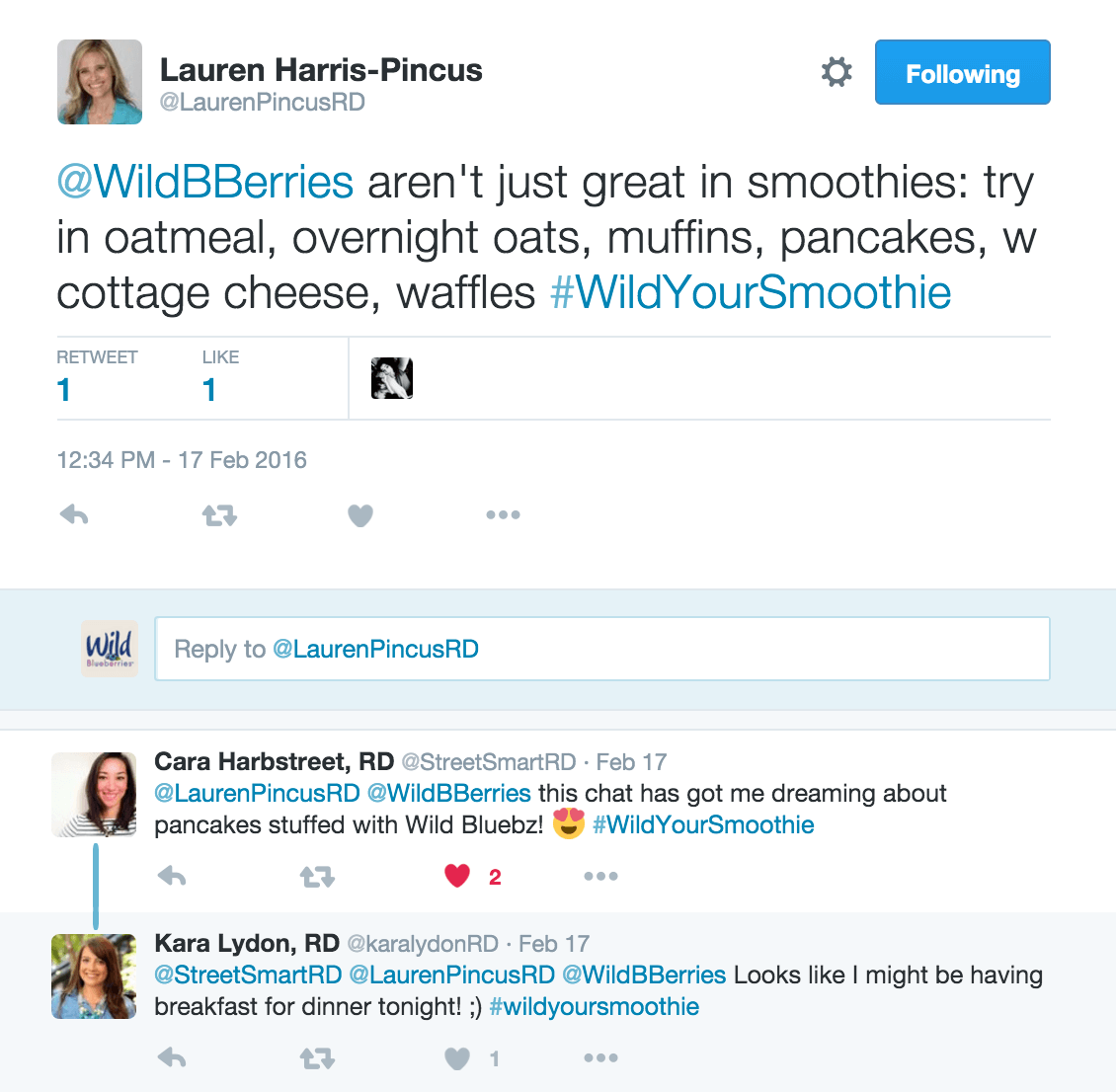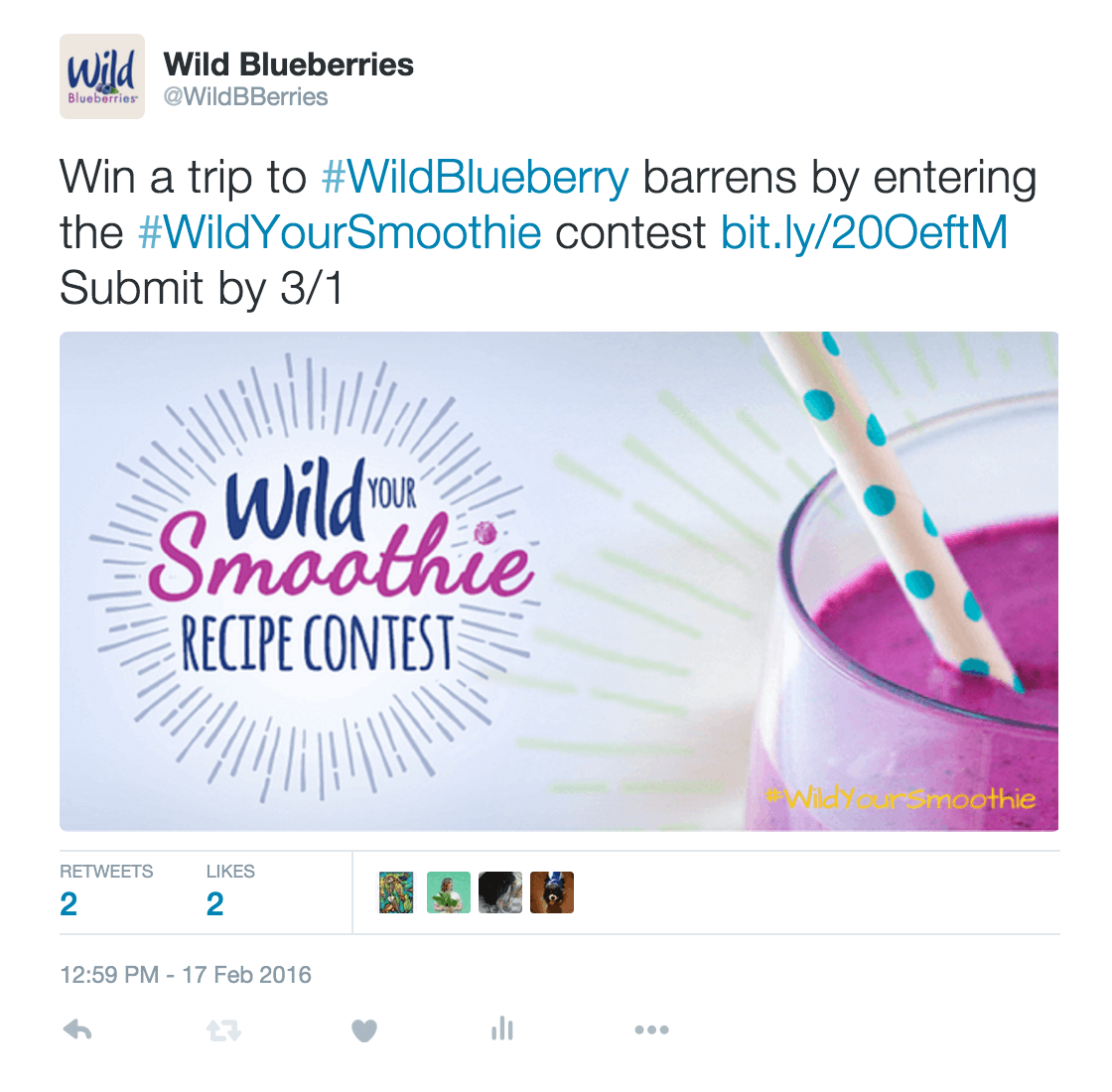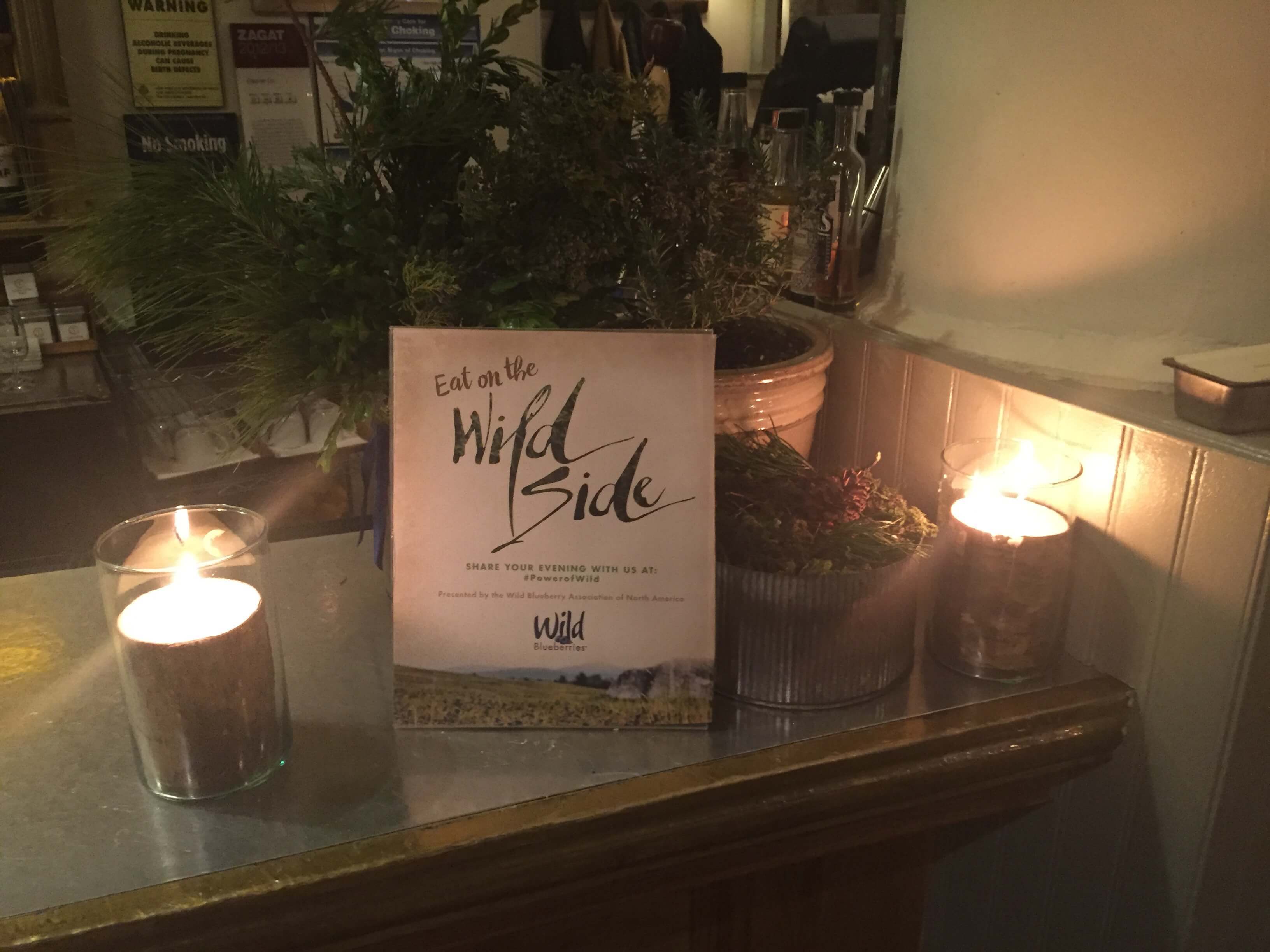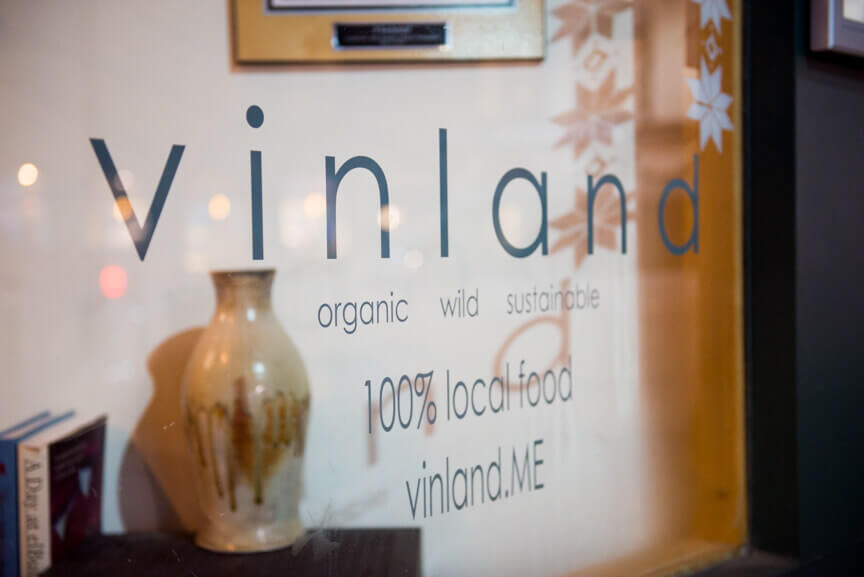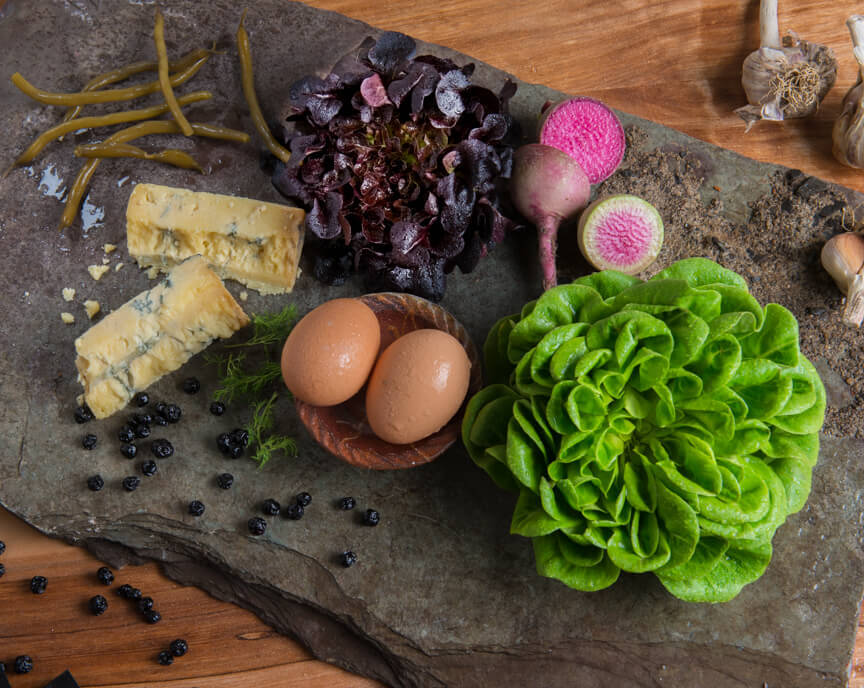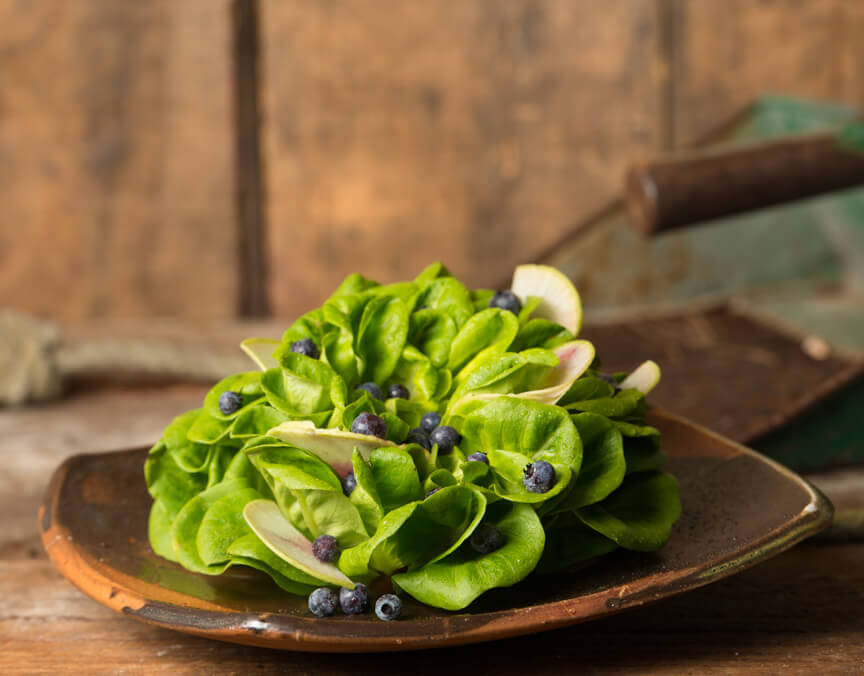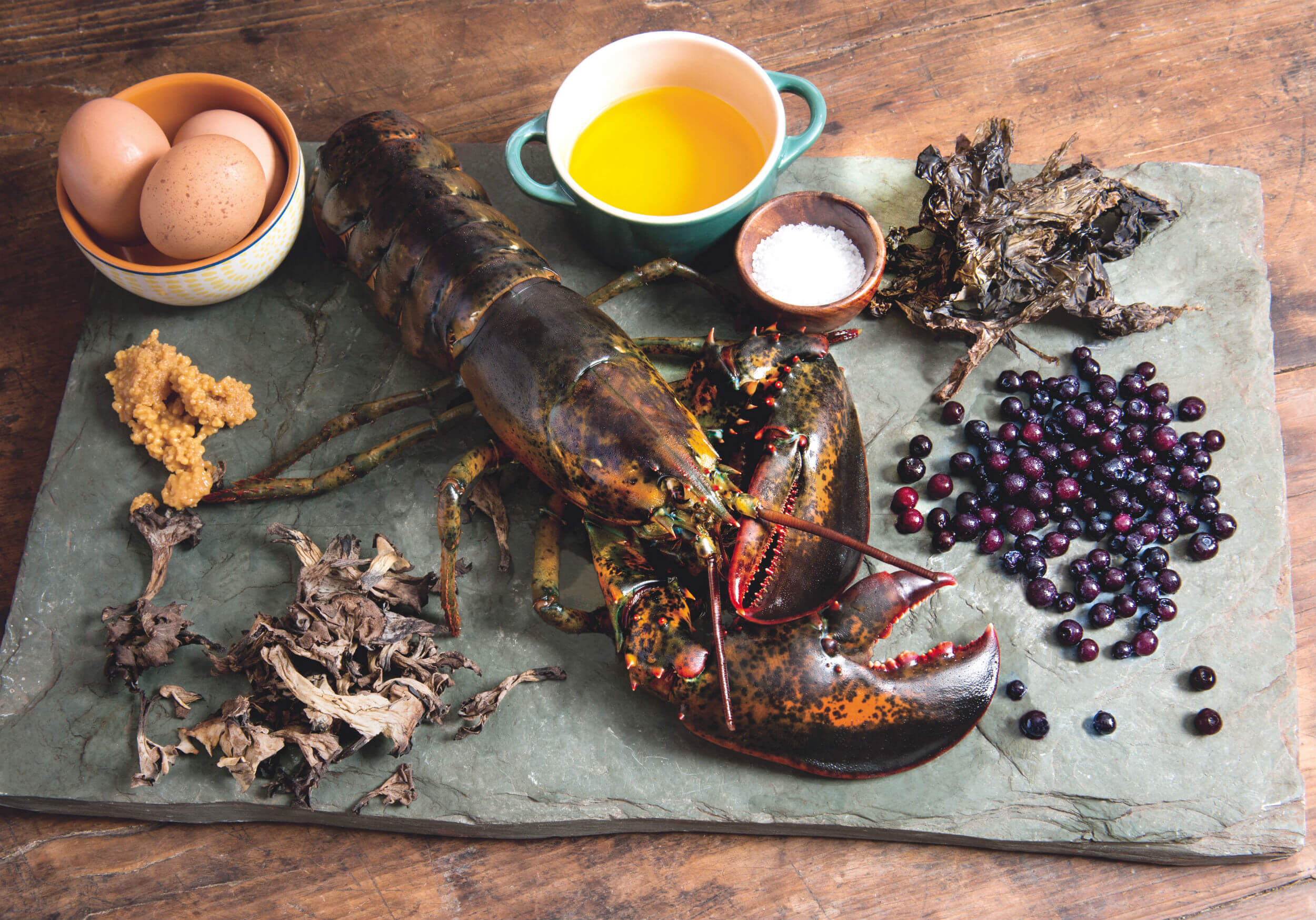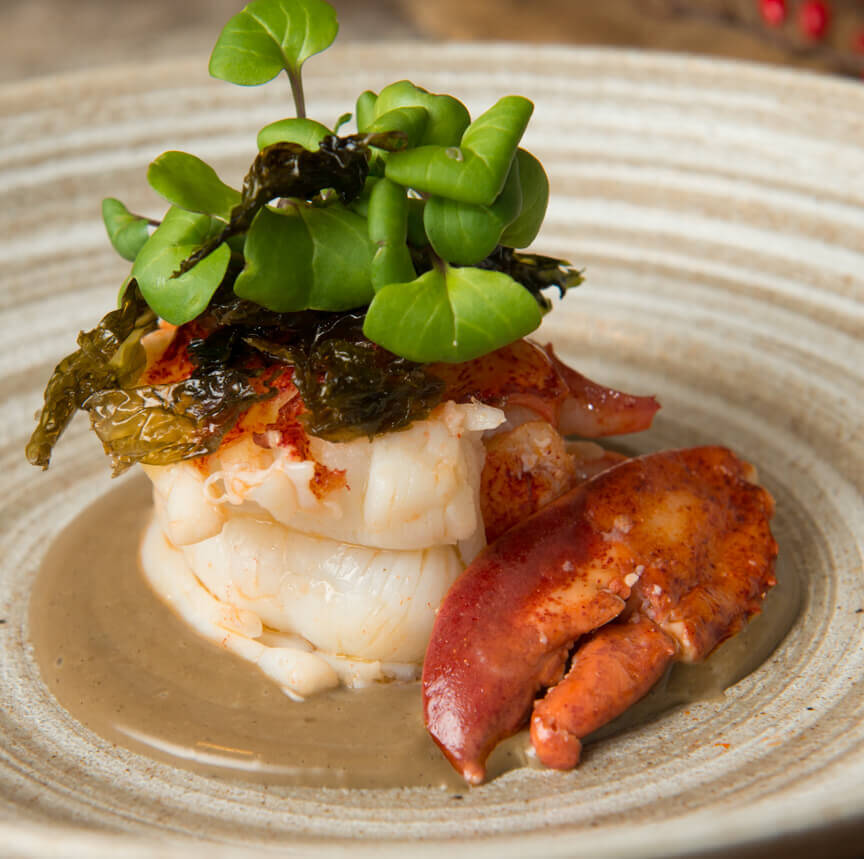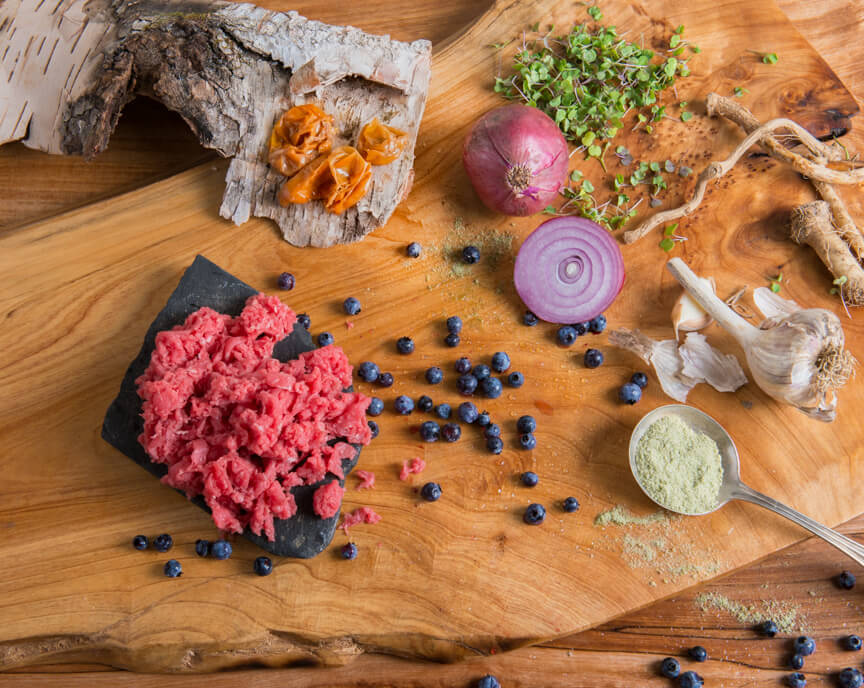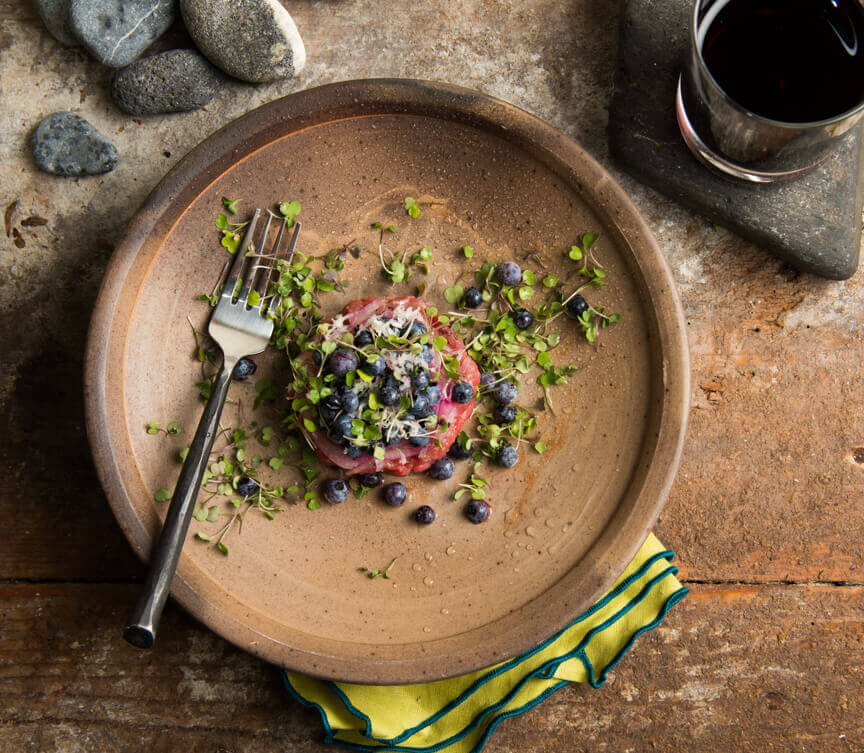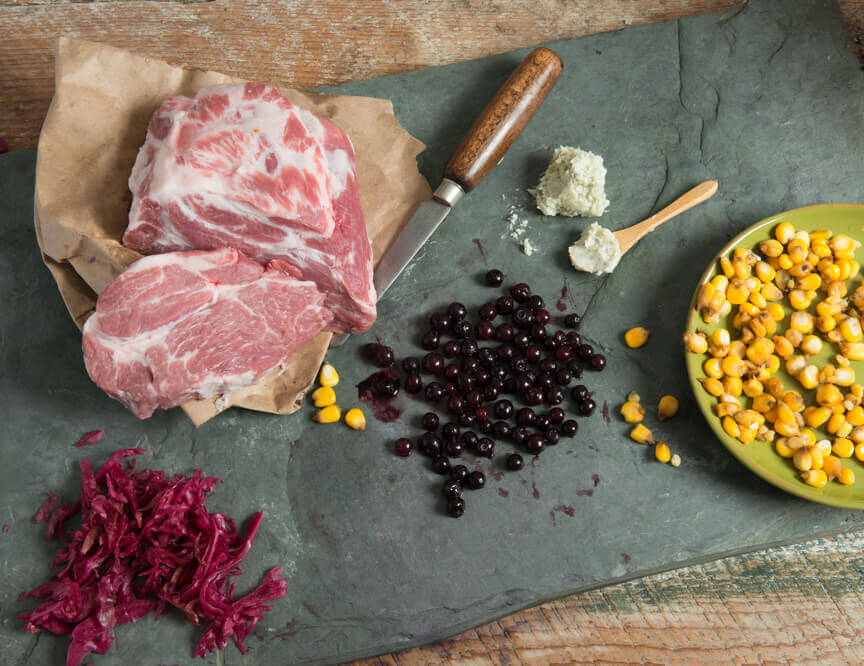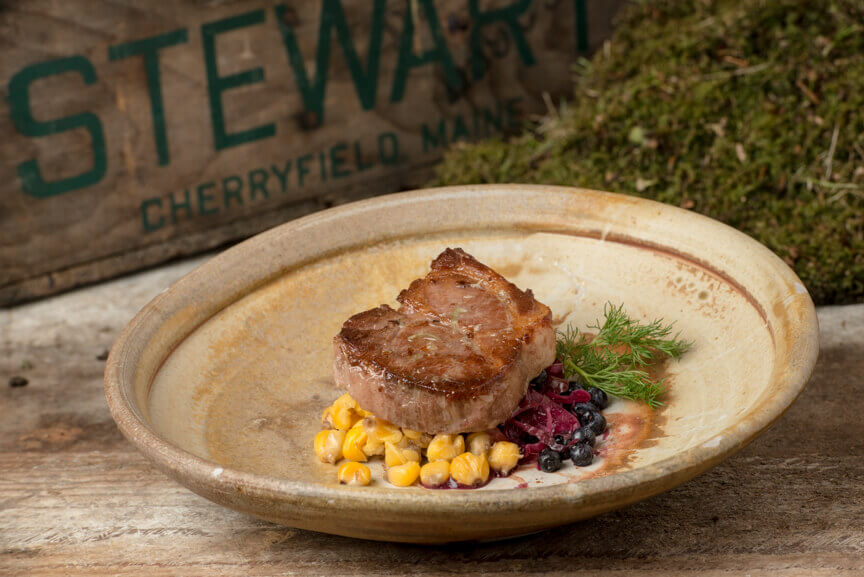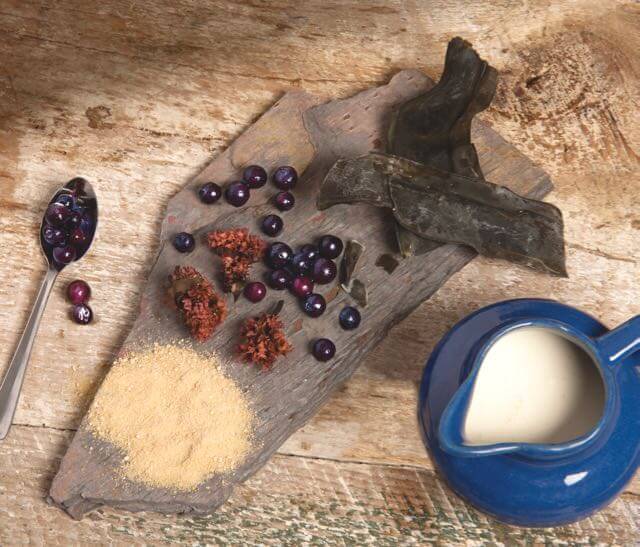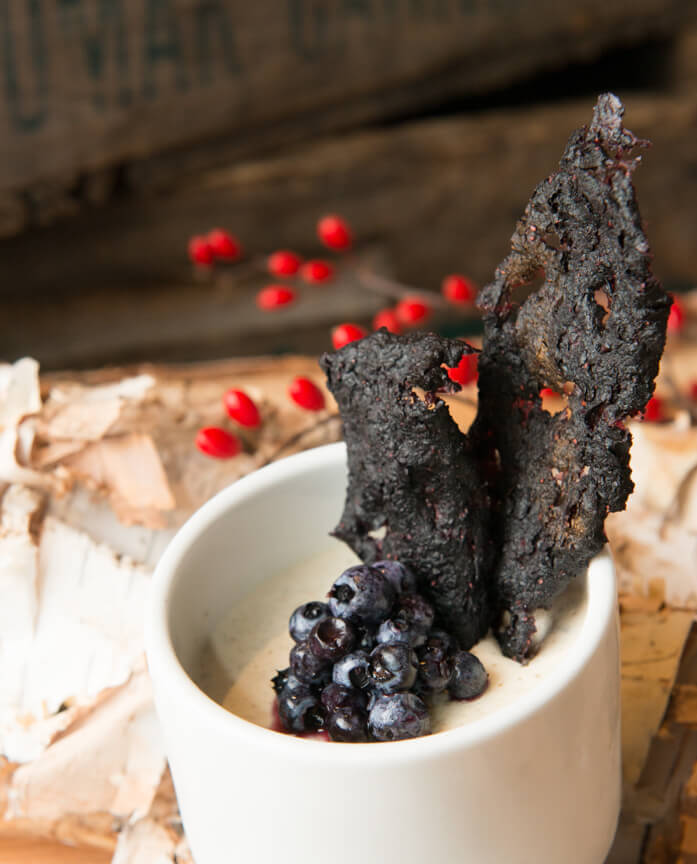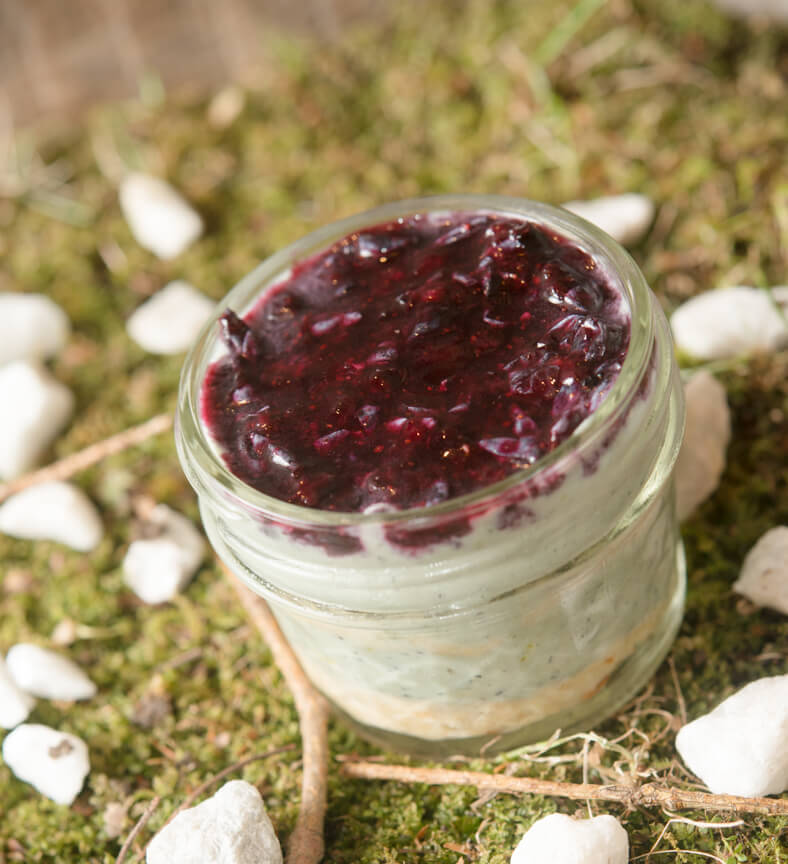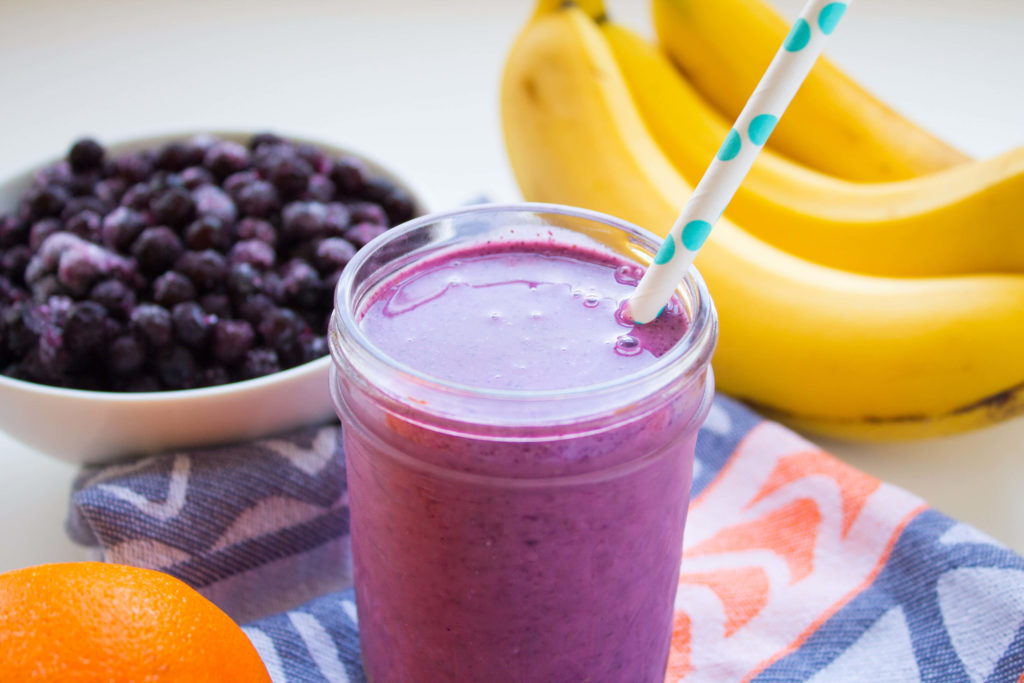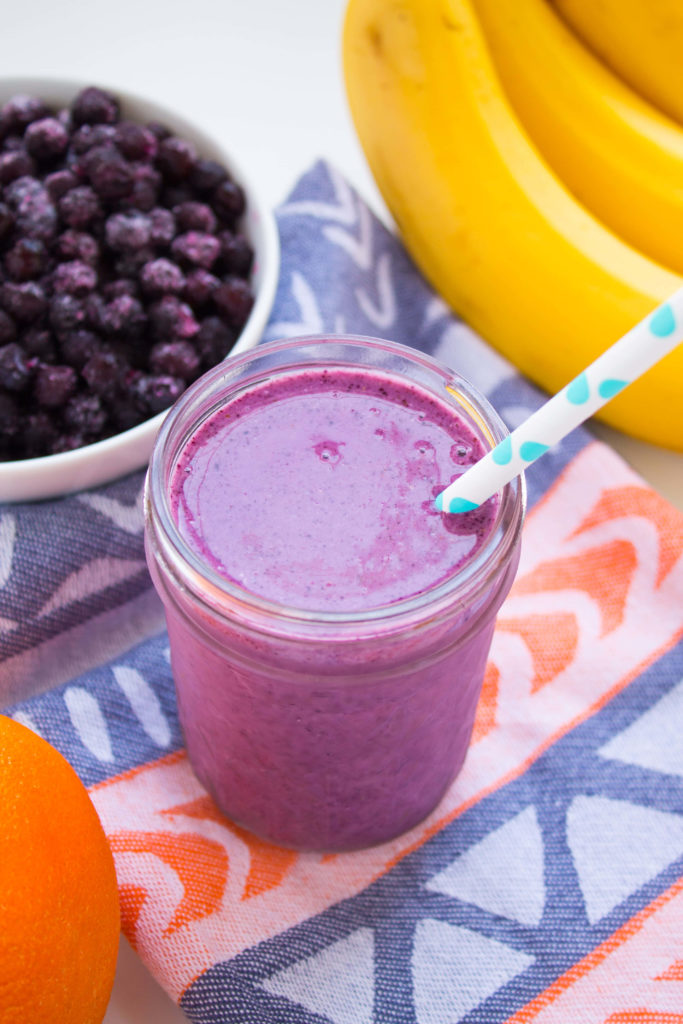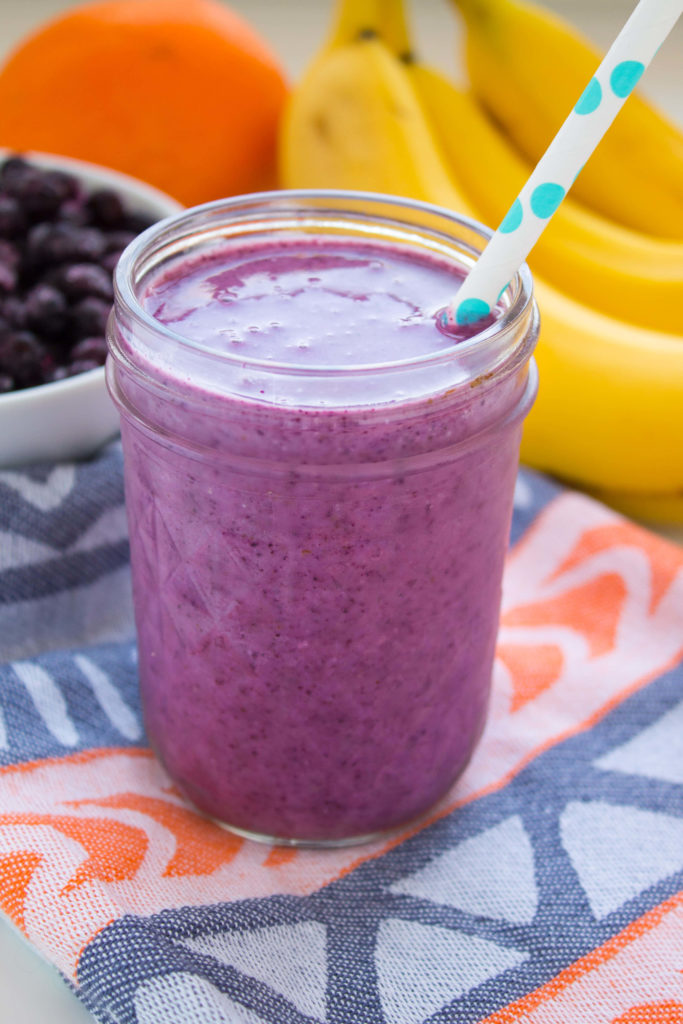Kelly Roenicke, one of our “Wild Your Smoothie” Recipe contest winners, started writing her allergy-friendly recipe blog, The Pretty Bee: Allergy Friendly Eats, when her family was confronted with living and eating with multiple allergies. She told us her first son, now eight, was sensitive to gluten when he was young and had trouble with dairy and eggs. Today, he has outgrown some of his sensitivities and can eat eggs. Her younger son, aged four, is allergic to tree nuts and sesame seeds.
Kelly says she creates “family-tested,” delicious and nutritional allergy-friendly recipes that have a lot of flavor variety. “That’s important to me because when I started removing certain foods from my family’s diet I felt limited and preparing meals became more challenging. I really didn’t know where to turn, so I love that families can use my blog as a resource.”
When Kelly creates recipes, she keeps in mind the families out there who have multiple food allergies. Most of her recipes are free of the top 8 allergens – peanuts, tree nuts, milk, eggs, wheat, soy, fish and shellfish – plus sesame seeds because of her son’s allergy. “When they come to my blog, they tell me they are excited to find recipes that are delicious and easy to make with simple ingredients they can find in their local grocery store and safe for their family to enjoy.”
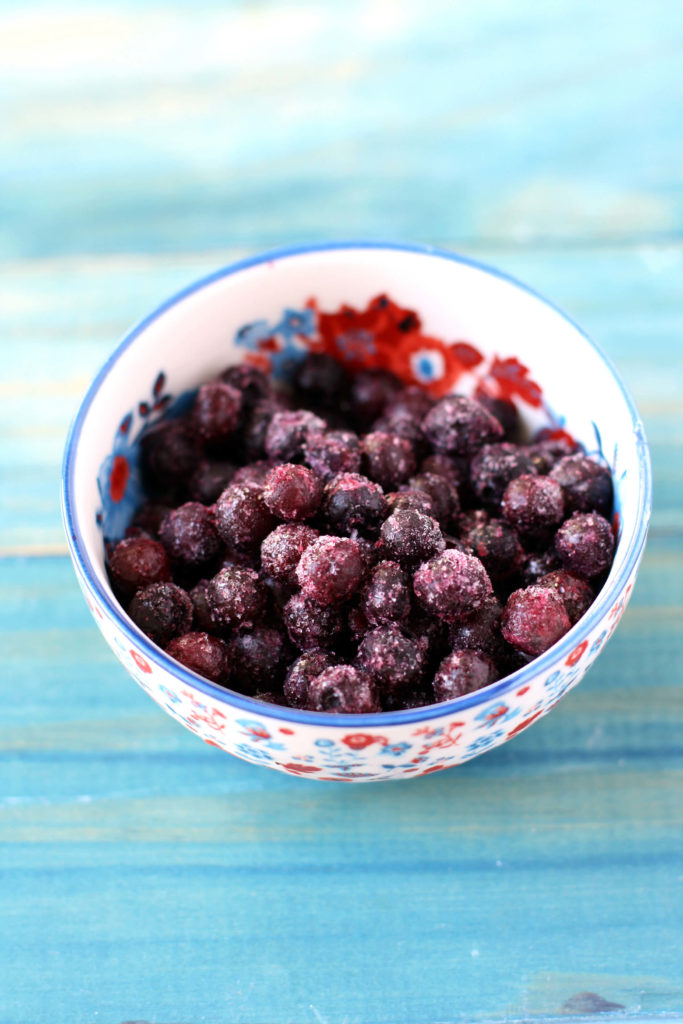
Here at Wild Blueberry headquarters we love smoothies and want to know what makes others just as passionate about them. So, we asked Kelly and here is what she said: “Smoothies have been a part of my diet for a long time – really since my first son was born because they were a convenient way to get the nutrition I needed especially while I was breastfeeding.” Now that her children are a little older, she says, “I love smoothies because they are easy and nutritious and a great way to start my family’s day. We typically drink smoothies for breakfast but we’ll have them as snacks, too. I drink them regularly and my older son really likes them. I love how they taste and that I can add different fruits and seeds like chia or hemp seeds which are allergy-friendly to add nutrition.”
We also wanted to know why Kelly considers frozen Wild Blueberries a great smoothie ingredient. “I’ve been a frozen Wild Blueberry fan for a while. I first bought them because they just sounded good. I was really surprised when I tasted them because the blueberry flavor is much stronger. Sometimes other frozen berries can be tart, but frozen Wild Blueberries add a nice sweetness to our smoothies. I also like frozen Wild Blueberries because I know I’m adding a lot of fiber to our smoothies and because of their great deep blue color I know they are rich in antioxidants. They really are a great source of nutrition for me and my boys. If I’m making a quick smoothie, I typically mix frozen Wild Blueberries, frozen pineapple and frozen mango. I love to use a mix of frozen fruits for my smoothies, especially in the winter I rely on frozen fruit because it’s more convenient.”
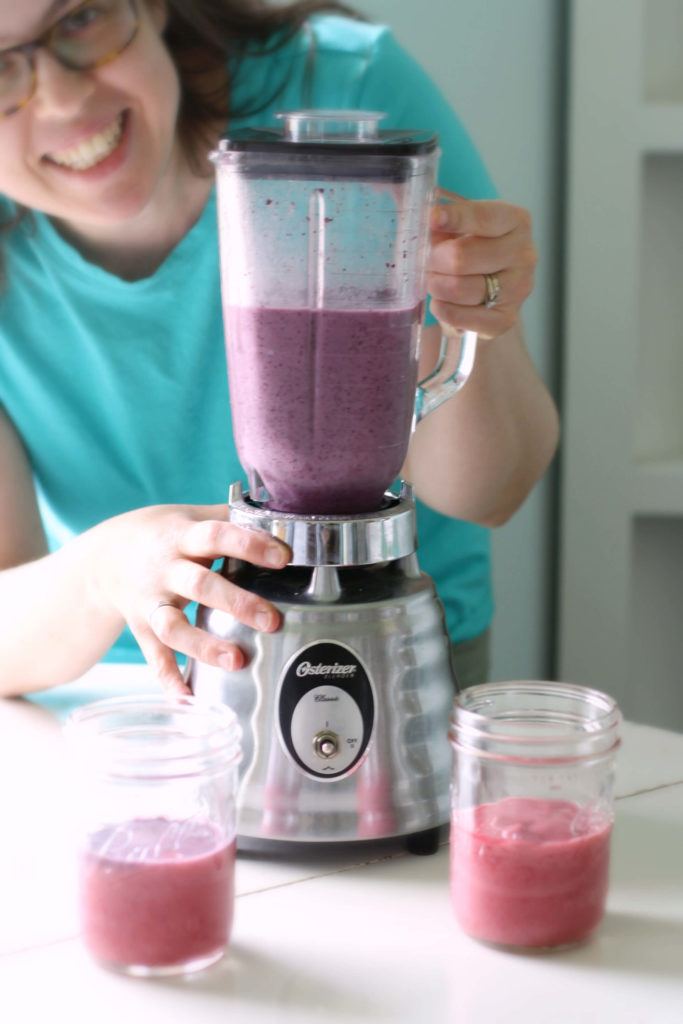
Kelly concluded our conversation by saying she was thrilled and honored that her smoothie was chosen. She also wanted to share some advice for anyone who hasn’t tried frozen Wild Blueberries. She said, “If you’re browsing the frozen food aisle – to pick up some frozen Wild Blueberries because they are worth seeking out because they are so delicious. You’ll be surprised by the strong blueberry flavor. This little fruit is great to add to any recipe but especially smoothies.”
Kelly Roenicke’s Colorful Wild Blueberry Banana Hemp Smoothie
Kelly told us she doesn’t enter a lot of recipe contests but when she heard the featured ingredient was frozen fresh Wild Blueberries she had to “throw my hat in the ring.” She said, “It was fun to create something with an ingredient that l love and use regularly.”
When she started thinking about the recipe to create for the contest, she decided she wanted to make an allergy-friendly smoothie that would be “a treat for the eyes and the taste buds.” A few months ago, she had made a smoothie with frozen Wild Blueberries and coconut milk and the result was a yummy smoothie with a light lavender color. She took it to the next level and ramped up the color fun in her smoothie by adding a pink bottom layer using blended frozen bananas and raspberries. To get the clearly delineated layers, Kelly says its important to make sure the raspberry layer is very thick and to work quickly to blend the Wild Blueberry layer and then pour it slowly into the glass in order to prevent it from blending with the first layer. To add nutrition – more healthy fats and proteins – to her smoothie recipe, Kelly topped it all off with hemp hearts. Not only is this smoothie delicious and fun but also it is naturally free of the top 8 allergens because of the ingredients she selected – frozen fruit, coconut milk and hemp seeds.

About Kelly:
Kelly Roenicke is a home cook and mom to two little boys with multiple food allergies and intolerances. In the past few years she has had to adapt the way that she cooks and bakes. She is passionate about allergy friendly cooking and baking, and believes that it can be fun and delicious, not bland and boring. Her blog is The Pretty Bee: Allergy Friendly Eats.
Kelly blogs to share allergy-friendly recipes with other families who might be struggling with food sensitivities. Her goal is to provide delicious and easy recipes that will help families with food sensitivities or allergies enjoy cooking and eating again.
